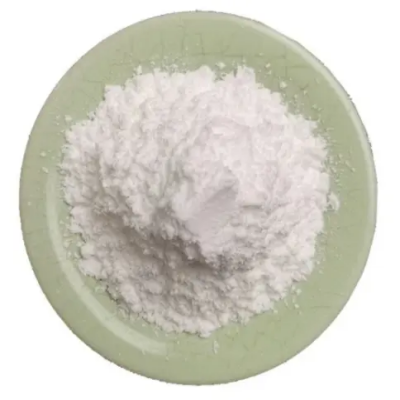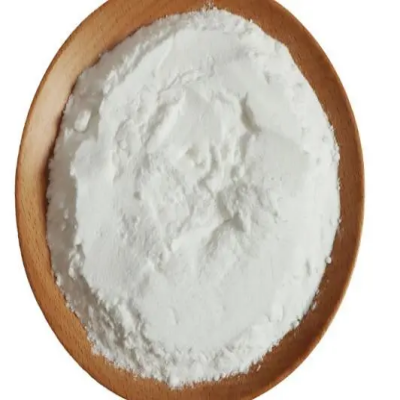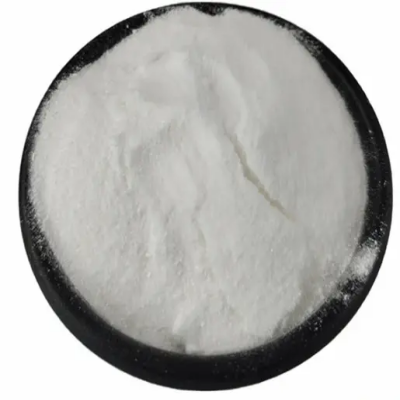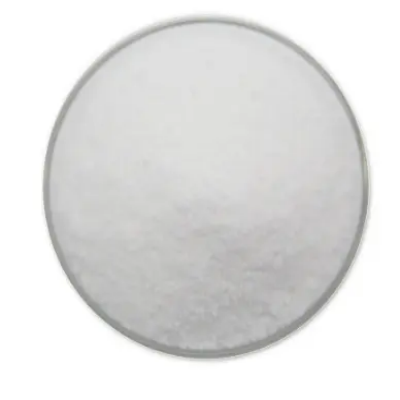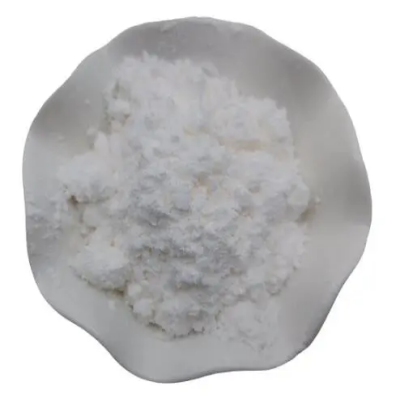Oxytetracycline CAS:79-57-2
In human medicine, oxytetracycline is utilized for the management of various infections, including respiratory tract infections such as pneumonia and bronchitis, as well as skin and soft tissue infections like acne, rosacea, and infected wounds. Its broad spectrum of activity makes it effective against pathogens such as Staphylococcus aureus, Streptococcus pneumoniae, and Mycoplasma pneumoniae. In veterinary medicine, oxytetracycline is commonly used in livestock and poultry for the treatment and prevention of bacterial diseases such as respiratory infections, enteritis, and mastitis. It is administered orally, intramuscularly, or intravenously, depending on the species and the severity of the infection. Oxytetracycline is particularly valuable in agriculture due to its efficacy, ease of administration, and low cost. Topical formulations of oxytetracycline are also employed in veterinary practice for the treatment of localized infections, including dermatological conditions such as wounds, abscesses, and foot rot in cattle and sheep. Oxytetracycline ointments or sprays provide targeted antimicrobial therapy while minimizing systemic exposure and potential adverse effects. Adverse effects associated with oxytetracycline therapy include gastrointestinal disturbances, photosensitivity reactions, and rare but serious complications such as hepatotoxicity and renal dysfunction. Patients and caregivers should be educated about proper medication administration, potential side effects, and the importance of completing the full course of treatment to minimize the risk of antibiotic resistance. Consultation with healthcare professionals is recommended for the appropriate diagnosis and management of infections requiring oxytetracycline therapy in both human and veterinary medicine.



| Composition | C22H24N2O9 |
| Assay | 99% |
| Appearance | white powder |
| CAS No. | 79-57-2 |
| Packing | Small and bulk |
| Shelf Life | 2 years |
| Storage | Store in cool and dry area |
| Certification | ISO. |


